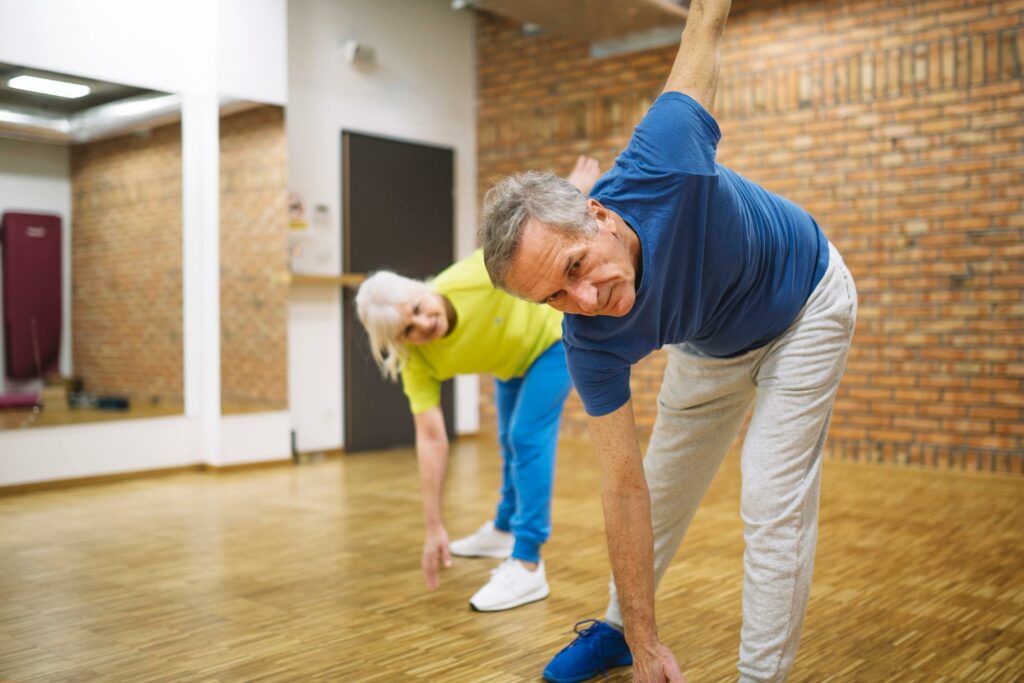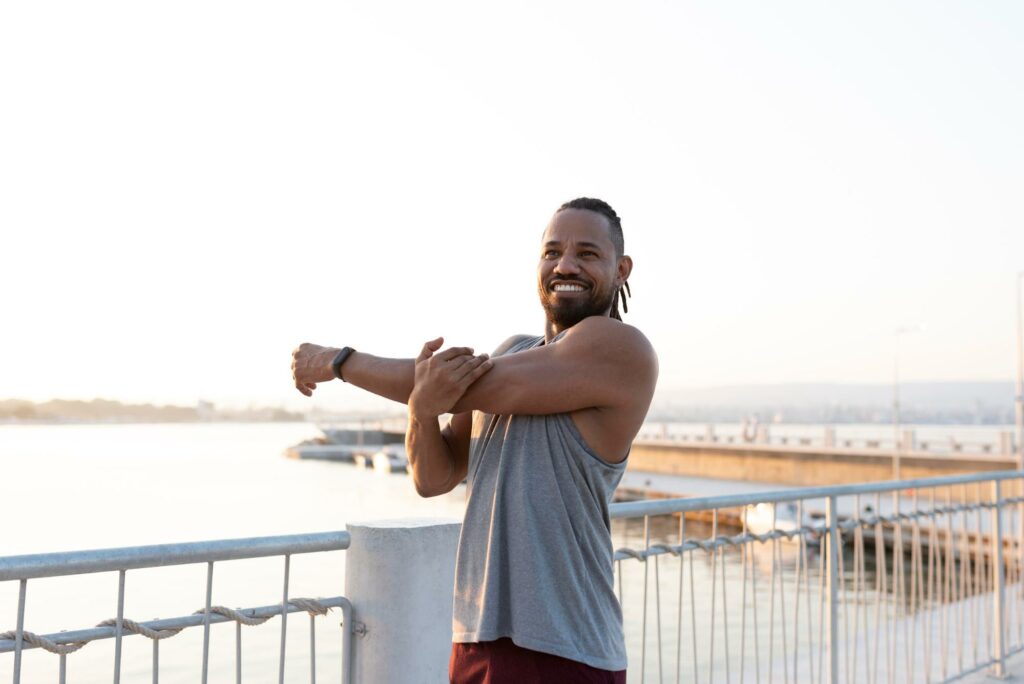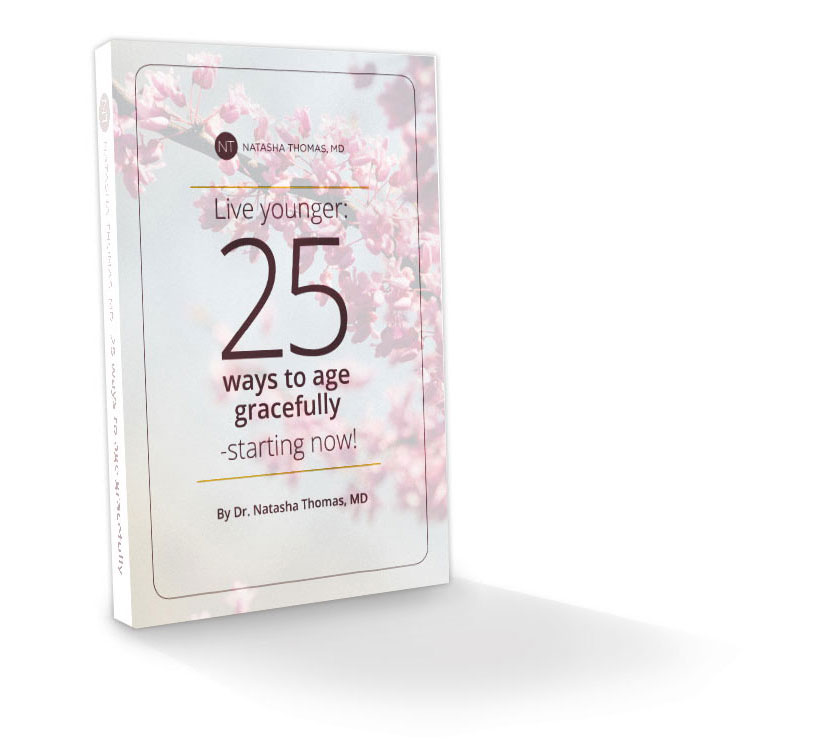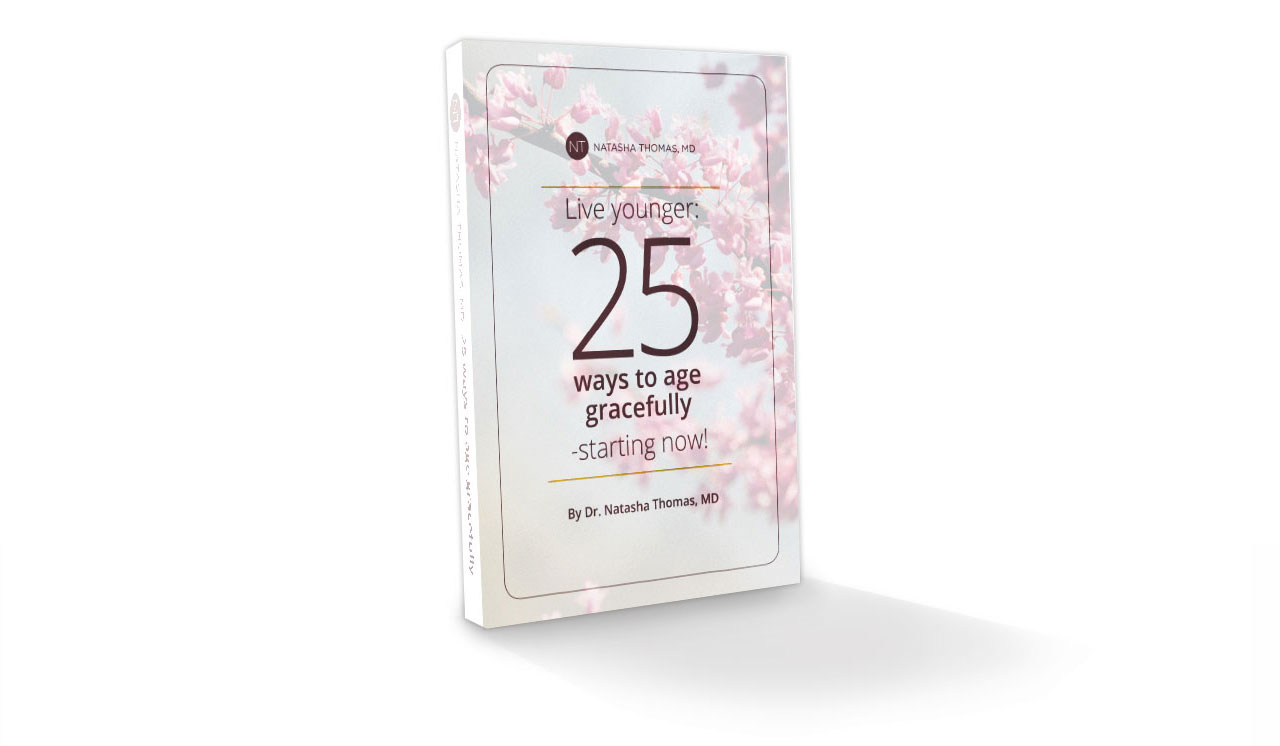Posted on: June 23, 2023
As we age, maintaining fitness becomes increasingly important. Approximately 60% of older adults have at least one chronic disease, such as heart disease or diabetes, which not only significantly impacts quality of life but can lead to premature aging and death.
Fortunately, many of the leading chronic diseases can be largely prevented and controlled through lifestyle modifications. One of the most important of these is regular exercise—particularly cardio and strength training. The National Diabetes Prevention Program reports that between dietary modifications, stress management, and regular physical activity, their participants can reduce their risk of developing type 2 diabetes by 58%—and those over 60 years, by 71%.
Why should I do cardio or strength training after 50?
For so many reasons, fitness over 50 years of age is crucial for maintaining good health! As we grow older, our bodies undergo a series of changes and hormone decreases, which can lead to issues such as a decrease in muscle mass, bone density, and cardiovascular function. Cardio and strength training can help combat these changes, not to mention sustain overall health and vitality.
Cardiovascular exercise, like jogging, cycling, or swimming, can help strengthen the heart and lungs, improve circulation, and as a result, reduce the risk of chronic diseases like heart disease, diabetes, and stroke—three of the leading causes of death and disability in the US. Strength training can help increase metabolism and maintain and build muscle mass, which is all crucial for maintaining bone density.
Work with me to integrate accessible and intentional fitness into your health routine!
Schedule a ConsultationWhat are the benefits of cardio and strength training for people over 50?
There’s a common notion that exercise becomes unsafe or unattainable in our older years, but in fact, the opposite is true. Cardio and strength training each offer numerous health benefits, and when combined and incorporated into a regular exercise routine, their compounded effects can enable an active, independent lifestyle as we age.
Stability with cardio and strength training
As we age, balance and stability become especially important—particularly for preventing falls and the mounting risks they pose. Maintaining good blood flow to the brain through cardio exercises promotes better coordination and balance; and strength training builds up the core muscles that keep us upright and stable. Cardio and strength training can both aid joint flexibility and mobility to further reduce our risk of injury.

Strength with cardio and strength training
Cardio and strength training work hand in hand to increase and maintain strength. As we age, our muscle mass declines, which can lead to limited mobility, weakened bones, and decreased metabolism. Strength training exercises are important for building muscle in our core, and cardio exercises are particularly helpful in strengthening muscle in our lower body. Maintaining muscle mass throughout the body is important for overall strength and mobility, as well as for maintaining bone density.
Endurance with cardio and strength training
Both cardio and strength training play a role in maintaining endurance, or the ability to sustain physical activity for an extended period without getting fatigued. We tend to think endurance is only important for sustaining athletic performance, but it also provides increased energy and stamina for an active lifestyle overall.
By increasing the heart and lung capacity, cardio allows for better oxygen delivery to the muscles, and by building muscle mass, strength training enables the muscles to work harder for longer periods.

Energy with cardio and strength training
Energy is a limited resource, and as we age, we have to take extra steps (literally!) to maintain it. Exercise really is critical here. Cardio exercise can help boost energy levels by improving circulation and oxygen delivery; and by building muscle mass, strength training helps burn more calories and improve metabolic function. Increased energy levels as a result of cardio and strength training not only elevate physical and cognitive performance but help to regulate mood and increase overall vitality.
Cognitive decline prevention with cardio and strength training
Most people over 50 are very aware of the heightened risk of Alzheimer’s and dementia that comes with age, but many are not aware that exercise can significantly counter this risk by combating cognitive decline.
By improving blood flow, cardio exercise plays an essential role in the overall health of our brain, as well as enhances our brain function which helps prevent cognitive decline. Plus, studies have shown that strength training can help prevent degeneration of the hippocampus, an area of the brain largely responsible for memory.
Cardio and strength training can also reduce stress, anxiety, and depression, which have been linked to cognitive decline and dementia.

Osteoporosis prevention with cardio and strength training
With age comes a heightened risk for osteoporosis, a condition that weakens the bones and makes them susceptible to fractures. Strength training, by contributing to increased muscle mass, helps build and maintain bone density, reducing the risk of osteoporosis.
Estrogen levels are crucial to the maintenance of bone density, but they diminish significantly during menopause, making strength training for women over 50 particularly important. And, for those living with osteoporosis, the benefit of balance and stability provided by both cardio and strength training reduces the risk of falls and the resulting fractures.
Starting a new fitness plan doesn’t have to be overwhelming. Schedule a consultation with me to discuss a personalized routine that considers your overall health and wellbeing!
Book Now
Which exercise is best for anti-aging?
Every person’s fitness needs are different, but what I’ve found after working with a wide variety of patients is that the ideal fitness routine for maintaining longevity involves a combination of strength training and varying intensities of cardio exercises—primarily zone 2 exercise, punctuated by zone 5 exercise.
Zone 2 exercise
Zone 2 involves low-end aerobic exercise, which is light, easy exercise that corresponds to a heart rate of about 60–70% of your maximum. Zone 2 exercise includes activities like biking, light swimming, and easy jogging. When pursuing zone 2, I tell my patients to ensure a level of activity that’s not conducive to maintaining a conversation.
This type of exercise comes with very little risk of injury, while still offering numerous benefits, such as improved heart health and increased endurance. Plus, zone 2 exercises can improve mood, reduce inflammation, and enhance cognitive function, making zone 2 important not only as antiaging exercises but reverse-aging exercises.
Zone 5 exercise
Zone 5 exercises are high-intensity exercises that correspond to a heart rate of about 90–100% of your maximum. These include activities like sprinting, fast-paced cycling, and high-intensity interval training (HIIT). In small amounts, these exercises support endurance, increase strength, and boost metabolism, among other benefits supporting longevity.
Is HIIT good for 50 year olds?
It’s important to understand that exercise levels are relative, and HIIT will look different for you now than it did when you were younger. But in small amounts, it can still add immense value to your cardio and strength training fitness routine. I recommend that my patients limit this type of high-intensity exercise to a very small percentage of their overall exercise plan and that it be incorporated in short 2–4-minute repetitions.
To avoid injury, it is also important to build up to these exercises slowly. As our bodies change with age, it can be hard to gauge our fitness limits, so especially for my patients who are just getting back into exercise, I always recommend they follow the guidance of a fitness professional.

Enjoying this article?
Subscribe + don’t miss the next one!
We’ll also send you our e-book: Live Younger 25 Ways to Age Gracefully—Starting Now.
Can exercise reverse aging skin?
Regular exercise has many benefits for our body and mind, among them age-reversing effects. Exercise increases blood flow, which delivers vital nutrients and oxygen to our skin to improve its health and vitality. Cardio and strength training can further reduce stress levels and inflammation, both of which contribute to premature aging; and they can help promote a more restful sleep, which is essential for cell regeneration and the production of collagen, which helps to maintain the skin’s elasticity.

Does HIIT make you look younger?
The short answer is yes, HIIT can make you look younger—particularly when integrated into a complete fitness routine. HIIT has been shown to increase the production of human growth hormone (HGH), which is essential for the repair and regeneration of our bodies’ cells, including skin cells. Additionally, HIIT and a balanced exercise routine promotes weight loss and muscle growth, both of which contribute to a more youthful appearance.
What are some tips for staying fit after 50?
Staying fit after 50 is crucial for maintaining a healthy body and mind, but it is true that we must approach exercise with extra caution as we age. For those who have not been active, starting cardio and strength training in your 50s can be challenging, and it’s essential to take safety precautions to avoid injury.
At least initially, I highly recommend working with a trainer. By integrating professional training into your overall aging plan, we can ensure that you’re exercising safely and effectively, making it a worthwhile investment in your health and wellbeing.
Tips for cardio after 50
Cardio exercise is an essential component of any fitness routine, especially for those over 50. When it comes to cardio, the best workouts for men over 50 and women over 50 stick to mostly zone 2, with short bursts of zone 5.
While the precise balance of exercises depends on the individual, I recommend this balance as a guideline:
- Two–four hours of zone 2 exercise per week
- One 20–30 minute session of zone 5 exercise per week
If you’re just getting started, it’s important to take caution even when performing zone 2 exercises. Running, for instance, can be hard on our knees and ankles, and I would not recommend it to begin. A safer option would be walking on an incline, which can still raise your heart rate to zone 2 without straining your joints.
Additionally, if you’re new to routine exercise, it’s best to build your muscle and endurance through zone 2 exercises before incorporating zone 5 exercises. When you do begin to incorporate high-intensity exercise, I encourage my patients to add this on at the end of a zone 2 workout—both for optimal effectiveness and to ensure that you’re sufficiently warmed up.

Tips for building muscle after 50
As we age, our muscles weaken and shrink, making it essential to incorporate strength training into our fitness routines. However, it requires a different approach than when we were younger, and to prevent injury, it’s important to start slowly and gradually increase the intensity over time.
Some exercises that don’t require equipment and that are gentle on the joints include:
- Squats
- Lunges
- Hip bridges
- Planks
- Pushups
With these and all strength training exercises, it’s important to focus on proper form and technique to prevent injury and engage the muscles correctly.
It’s also essential to allow for adequate recovery time between workouts to prevent overexertion and injury. A good rule of thumb is to strength train 2–4 times per week, allowing your muscles time to recover and rebuild between sessions. This is important both to your safety and to the effective increase in strength and muscle mass over time.
Tips for weightlifting over 50
Weightlifting in particular can pose risk of injury, so it’s essential to be extra careful with these exercises as we age. One of the most important practices to remember is starting with lighter weights and gradually increasing weight over time. Avoid lifting heavy weights that may put too much strain on your joints and muscles; and instead, focus on performing multiple repetitions of each exercise with lighter weights.
Regular exercise through cardio and strength training is one important aspect of slowing and reversing aging, but healthy aging is multi-pronged and should involve a combination of individualized fitness, nutrition, sleep, and stress management. I can’t stress this enough! It’s why I work closely with my patients to develop a comprehensive plan that not only treats health issues and combats premature aging, but also contributes to an overall improvement in wellness and vitality.
Schedule an appointment with me to learn how I can help you establish healthy routines for feeling better right now and for years to come.

Enjoying this article?
Subscribe + don’t miss the next one!
We’ll also send you our e-book: Live Younger 25 Ways to Age Gracefully—Starting Now.

